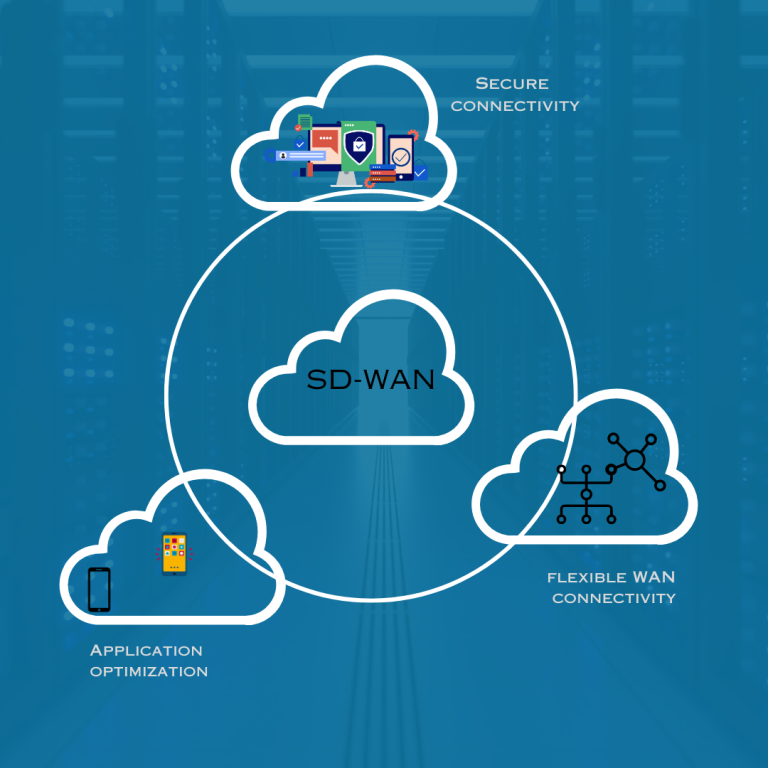A severe security flaw, dubbed the GHOST vulnerability (CVE-2015-0235), threatens millions of Linux systems globally.
Discovered by Qualys, this critical heap-based buffer overflow exploit targets the glibc library—a core component of Linux—allowing attackers to execute malicious code remotely and bypass modern security protections like ASLR, PIE, and NX.
Discovered by Qualys, this critical heap-based buffer overflow exploit targets the glibc library—a core component of Linux—allowing attackers to execute malicious code remotely and bypass modern security protections like ASLR, PIE, and NX.
What is the GHOST Vulnerability?
The GHOST vulnerability resides in the
Attackers exploit this flaw to overflow the heap memory buffer, potentially hijacking applications (e.g., EXIM Mail Server) and executing arbitrary code. Successful attacks could lead to:
gethostbyname*() functions of the GNU C Library (glibc). Attackers exploit this flaw to overflow the heap memory buffer, potentially hijacking applications (e.g., EXIM Mail Server) and executing arbitrary code. Successful attacks could lead to:
Remote Code Execution (RCE): Take full control of compromised systems.
Bypassed Protections: Circumvent ASLR, PIE, and NX safeguards.
Widespread Impact: Affects most Linux distributions, including Ubuntu, Debian, and CentOS.
Bypassed Protections: Circumvent ASLR, PIE, and NX safeguards.
Widespread Impact: Affects most Linux distributions, including Ubuntu, Debian, and CentOS.
Why Is This a High-Risk Threat?
Ubiquitous Glibc Dependency: Nearly every Linux application relies on glibc, amplifying attack surfaces.
Exploit Accessibility: Publicly disclosed PoC (Proof of Concept) scripts increase exploitation risks.
Server & IoT Risks: Critical for servers, email systems, and IoT devices running unpatched Linux.
Exploit Accessibility: Publicly disclosed PoC (Proof of Concept) scripts increase exploitation risks.
Server & IoT Risks: Critical for servers, email systems, and IoT devices running unpatched Linux.
Immediate Action Required: Patch Your Systems
Linux vendors have released urgent security updates.
To mitigate risks:
Update Glibc: Apply patches for CVE-2015-0235 immediately.
Scan for Vulnerabilities: Use tools like Qualys or OpenVAS to detect exposed systems.
Harden Configurations: Disable vulnerable services (e.g., EXIM) until patched.
To mitigate risks:
Update Glibc: Apply patches for CVE-2015-0235 immediately.
Scan for Vulnerabilities: Use tools like Qualys or OpenVAS to detect exposed systems.
Harden Configurations: Disable vulnerable services (e.g., EXIM) until patched.
How to Check for GHOST Vulnerability
Run the command:
bash
bash
$ ldd –version | grep glibc
If your glibc version is earlier than 2.18, your system is vulnerable.
Stay Protected
This zero-day exploit underscores the importance of proactive cybersecurity. Follow [Your Brand Name] for real-time vulnerability alerts and in-depth Linux security guides.
Need Help?
[Contact our experts] for urgent patching support or visit our [Linux Security Hub] for step-by-step remediation guides.





